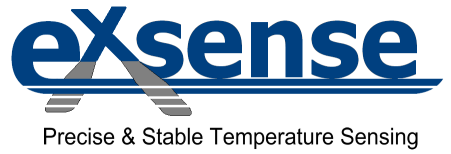1. Mounting Position
Choose a mounting position that minimzes the stress imposed on the chip during flexing or
bending of the board.
2. Allowable Soldering Temperature and Time
2-1 Solder within the temperature and time combinations, indicated by the slanted lines
in the following graphs.
2-2 The excessive soldering conditions may cause dissolution of metallization or
deterioration of solder-wetting on the external electrode.
2-3 In case of repeated soldering the accumulated soldering time should be within the
range shown below figure.( For example, Reflow peak temperature :260℃, twice ->
The total accumulated soldering time at 260℃ is within 30 seconds.)
3. Recommendable Temperature Profile for Soldering
3-1 Insufficient preheating may cause a crack on ceramic body. The difference between
preheating temperature and maximum temperature in the profile shall be 100C
3-2 Rapid cooling by dipping in solvent or by other means is not recommended.
*In case of repeated soldering, the accumulated soldering time should be within the range
shown above figure 2
4. Solder and Flux
4-1 Solder and paste
A) Reflow soldering: CT0201/0402/0603/0805 series
Use RA/RMA type or equivalent type of solder paste.
B)Flow Soldering: NCP0603/0805 series
We are using the solder paste below for any internal tests of this product.
Sn:Pb=63WT%:37%
Sn:Ag:Cu=96.5wt%:3.0wt%:0.5wt%
4-2 Flux
Use rosin type flux in soldering process. If below flux is used, some problems might
be caused in the product characteristics and reliability. Please do not use below flux.
*Strong acidic flux(with halide content exceeding 0.1wt%)
*Water-soluble flux
(Water-soluble flux can be defined as non rosin type flux including wash-type flux and non-wash-type flux)
5. Cleaning Conditions
For removing the flux after soldering, observe the following points in order to avoid deterioration
of characteristics or any change of the external electrodes' quality.
*Please keep mounted parts and a substrate from an occurrence of resonance in ultrasonic cleaning.
*Please do not clean the products in the case of using a non-washed type flux.
|
|
CT0201/0402
|
CT0603/0805
|
|
Solvent
|
Isopropyl alcohol
|
Isopropyl alcohol
|
|
Dipping Cleaning
|
Less than 5 minutes at room temp. Or less than 2 minutes at 40℃ max.
|
Less than 5 minutes at room temp. Or less than 2 minutes at 40℃ max.
|
|
Ultrasonic Cleaning
|
Less than 5 minutes and 20W/ℓ, Frequency of 28 to 40KHZ
|
Less than 5 minutes and 20W/ℓ, Frequency of several 10kHz to 100kHz
|
6. Drying
After cleaning, promptly dry this product.
7. Printing Conditions of Solder Paste
7-1 The amount of solder of critical. Standard height of fillet is shown in the table below.
7-2 Too much soldering may cause mechanical stress, resulting in cracking, mechanical and/or electronic damage.
|
Part No.
|
The solder paste Thickness
|
T
|
|
CT0201
|
100um
|
1/3E ≤ T ≤ E
|
|
CT0402
|
150um
|
1/3E ≤ T ≤ E
|
|
CT0603/0805
|
200um
|
0.2mm ≤ T ≤ E
|
8. Adhesive Application and Curing
8-1 Thin or insufficient adhesive may result in loose component contact with land during flow soldering.
8-2 Low viscosity adhesive causes chips to slip after mounting.








